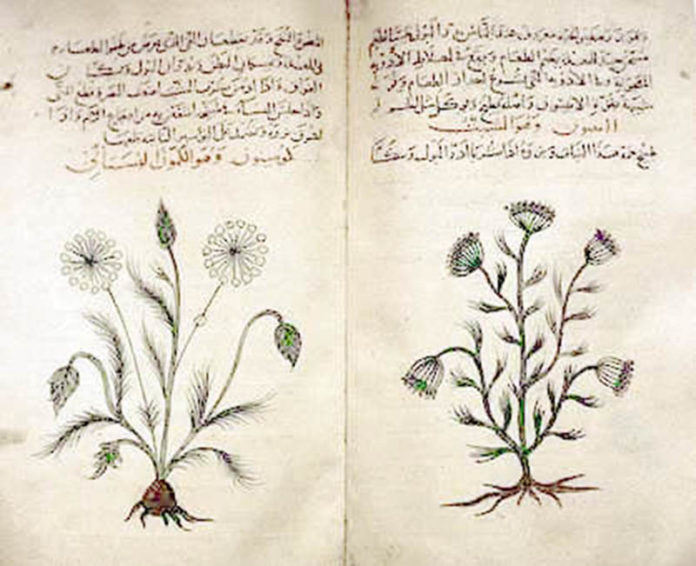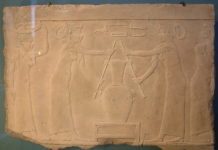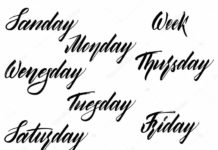
In the early years, there is little written evidence of the use of herbs in medicine as it was usual to pass on knowledge verbally; as knowledge grew written records began to emerge. Herbs were of significant importance as they were used not only for medicine but also in magic and ceremonies. As far back as 3000 B.C., medical treatments are shown on Babylonian clay tablets, prior to the importation of herbs.
Chinese and Egyptian Use of Medicinal Herbs
The next 1000 years which followed saw the development of written records by Egypt, China, India and Assyria in the use of medicinal herbs. One of the most famous written records of the Chinese use of herbs is the Canon of Herbs, the result of the knowledge of the emperor Shen Nung who died in 2698 B.C. It is compiled of 252 plant descriptions, including medicinal effects, growing locations, use and preservation, in fact a blueprint for future pharmacopoeias.
The Chinese held herbs in high esteem and did not divide plants into the classification system which the Western world does today; they understood the link between the plant and its uses. The Ancient Egyptians were compiling medical recipes on both the cosmetic and aromatic uses of herbs as far back as 1550 B.C.; they considered herbs to be of great religious importance too. The Egyptians’ success in preserving Pharaohs in ancient tombs with herbs and plants is illustrated in the remarkable preservation of tombs today in Egypt.
Introduction of Herbal Records
Ayurvedic medicine was practiced in India as far back as 5000 years ago and one of the oldest known Indian books on plants, Vedas, records the medicinal and religious use of herbs and plants. The most famous of the ancient Romans writings on the medicinal use of herbs is recorded by Dioscorides in De Materia Medica,a book filled with descriptions of hundreds of healing plants. This book was widely referenced until the seventeenth century.
In the sixteenth century, books which contained information about plant descriptions and their medicinal use commonly became known as herbals. Dioscorides’ De Materia Medica was so widely renowned and full of accurate botanic descriptions that it wasn’t until this period of time that any book exceeded it. However, a popular text of the time, that of Leonhart Fuch’s De Historia Stirpium, was still based on De Materia Medica. Other writings continued to focus on botany and medicine, including in 1653, that of Nicholas Culpeper The English Physician or The Complete Herbal. From early years there was a belief that the coloring of a plant or its leaf shape indicated its medicinal value. The Chinese and Native American Indians were believers in this theory. By the seventeenth century, science began to take over these beliefs.
Science Versus Tradition in Herbal Use
With the onset of scientific experimentation, botany and herbal medicine began to separate. Plants became classified and common beliefs were disregarded by the majority in favor of science. In England, the 1562 Elizabethan Witchcraft Act was passed and those who practiced herbal medicine were deemed to be part of a magical witch cult, subject to being hunted down and put on trial. Science overtook tradition and with the onset of synthesized modern day drugs, herbal medicine was rapidly disregarded.
As the industrial revolution of Britain materialized and took people away from the country to the cities in search of work, old values were left behind. However, in 1931, Maude Grieve of England wrote A Modern Herbal which brought together both science and tradition, indicating the value of both. Interest was renewed in herbs once again and today herbal medicine can relate back to its botanical roots. Today, it is still considered of great value in many cultures including Native American Indian and Chinese Medicine.
References:
- Bremness, Lesley 1988 The Complete Book of Herbs London: Dorling Kindersley Limited
- Price, Shirley 2000 Aromatherapy Workbook London: Thorsons







